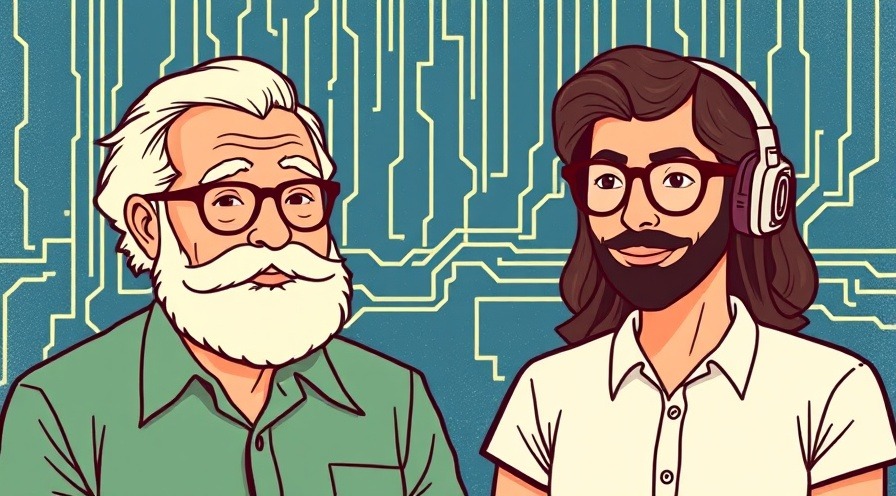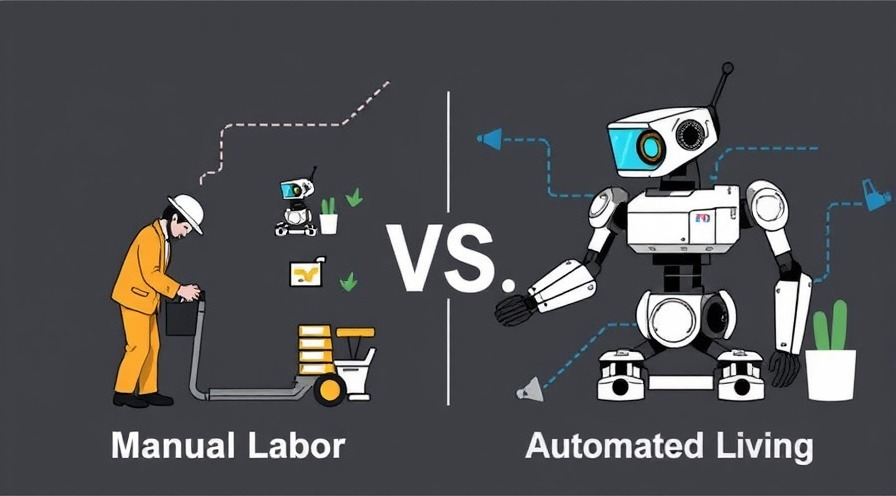
IPv4 is Your Grandpa, IPv6 is Your Hipster Cousin—And You Need to Understand Both
In the world of networking, you've got the equivalent of a family reunion happening in your devices every day. Your trusty old grandpa IPv4 is still holding court, telling the same stories about how he built the internet with his bare hands, while your hipster cousin IPv6 is in the corner talking about "expanded address space" and sipping on some craft protocol you've never heard of.
Let's face it—you need both these relatives in your life, especially if you're studying for IT certifications. So let's break down this family dynamic in a way that'll actually stick in your brain.
The Address Space Situation: From Suburban Ranch to Infinite Universe
Grandpa IPv4 says: "Back in my day, 4.3 billion addresses seemed like more than we'd ever need! Who could use all those? The internet is just a fad anyway."
Hipster Cousin IPv6 responds: "Oh, that's cute. I've got 340 undecillion addresses. That's a 3 followed by 38 zeros. I could assign an IP address to every grain of sand on Earth and still have enough left for several more planets."
As Kevin Mitnick, the famous security consultant, once remarked, "IPv4 exhaustion isn't theoretical anymore—it's a practical problem organizations face every day."
The truth is, IPv4's 32-bit addressing scheme (resulting in those familiar 192.168.1.1-style addresses) hit its limits years ago. We've been band-aiding it with NAT (Network Address Translation) while IPv6's 128-bit addressing scheme patiently waits in the wings, offering virtually unlimited addressing potential.
The Format Face-Off: Classic vs. Contemporary
Grandpa IPv4: "My addresses are simple! Four octets separated by periods. 192.168.1.1. Easy to remember! Write it on your hand if you need to!"
Hipster IPv6: "Mine are expressed in hexadecimal and separated by colons. Like 2001:0db8:85a3:0000:0000:8a2e:0370:7334. Oh, and I have shortcuts for zeros because I'm efficient that way."
Vint Cerf, one of the "fathers of the internet," admitted,
"We never thought we'd see a day when 4.3 billion addresses wouldn't be enough. Clearly, we suffered from a lack of imagination."
While IPv4 addresses are indeed easier to memorize and type, IPv6 addresses trade that simplicity for extraordinary flexibility and room to grow.

Configuration: Manual Labor vs. Automated Living
Grandpa IPv4: "You need to configure everything manually! It builds character! In my day, we had to walk uphill both ways just to set a static IP!"
Hipster IPv6: "I'm all about that stateless auto-configuration life. SLAAC lets devices configure themselves. It's very zen."
As network engineer Russ White puts it, "The true benefit of IPv6 isn't just more addresses—it's the improvements in how those addresses are managed."
IPv6's stateless address auto-configuration (SLAAC) is indeed one of its most attractive features for network administrators, eliminating much of the manual work or DHCP dependency required with IPv4.
Security: Bolt-On vs. Built-In
Grandpa IPv4: "Security? We didn't think about that in the beginning. Now we've got all these aftermarket add-ons like IPsec. It's like putting a fancy alarm on a Model T."
Hipster IPv6: "I was born with IPsec. Security isn't an afterthought for me—it's in my DNA."
Bruce Schneier, cybersecurity expert, notes: "IPv6 doesn't automatically make your network more secure, but it does give you better tools to build security from the ground up."
While IPsec is mandatory in IPv6's specification (though implementation isn't always required), the reality is that both protocols can be secured—IPv6 just makes it more straightforward.
Header Structure: No-Nonsense vs. Efficiency Optimizer
Grandpa IPv4: "My header is simple! Twelve fields, all required, no questions asked!"
Hipster IPv6: "I've streamlined to 8 fields and created extension headers for optional stuff. It's about efficiency, man. Why carry what you don't need?"
This simplification means devices can process IPv6 packets faster, creating potential performance benefits that network pioneer Van Jacobson described as "removing the bottlenecks that have plagued IPv4 since its inception."
Backwards Compatibility: "In My Day" vs. "Moving Forward"
Grandpa IPv4: "Everyone still needs me! I built this internet, and I'm not going anywhere!"
Hipster IPv6: "I can't directly talk to Grandpa without a translator. It's called dual-stack, tunneling, or NAT64. It's like having to use an app to understand what your grandpa is saying at Thanksgiving."
Sadly, IPv4 and IPv6 don't naturally communicate with each other. This incompatibility has been one of the biggest hurdles to IPv6 adoption, requiring transition technologies that Paul Vixie, DNS pioneer, calls "necessary compromises that complicate what should be a straightforward upgrade."

Real-World Application: Why You Need Both at Your Family Reunion
When you're prepping for certifications like CompTIA Network+, CCNA, or JNCIA, you absolutely need to understand both protocols. As Wendell Odom, author of numerous Cisco certification guides, puts it: "Network engineers need to be bilingual in IPv4 and IPv6. It's not an either/or situation."
Here's why both matter in certification exams and real-world networking:
IPv4 isn't disappearing anytime soon: Legacy systems, existing infrastructure, and the slow pace of change mean IPv4 will be around for years to come.
IPv6 adoption is accelerating: Mobile networks, ISPs, and cloud providers are increasingly IPv6-native.
Transition technologies are where the complexity lives: Understanding how to bridge these worlds is crucial.
Certification Tips: The Family Values You Need to Remember
When studying for IT certifications, focus on:
Address representation and calculation for both protocols
Subnetting (yes, it exists in both worlds, though it looks different)
Transition technologies like dual-stack, tunneling, and translation
Protocol-specific features like ARP vs. NDP, DHCP vs. SLAAC
Security implications of each protocol
As certification expert and trainer Jeremy Cioara recommends: "Don't think of IPv6 as 'advanced IPv4'—it's a fundamentally different protocol with its own logic and design philosophy. Learn it from first principles."
Conclusion: It's a Family Affair
Just like you can't choose your family, you can't choose to work exclusively with either IPv4 or IPv6 in today's networks. The reality is a complex hybrid environment that requires understanding both protocols and how they interact.
So the next time you're configuring a network or studying for a certification, remember to give equal time to both Grandpa IPv4 and your Hipster Cousin IPv6. They may not always get along at the family reunion, but they both have valuable wisdom to share.
And when your non-technical friends ask what you're studying, just tell them: "I'm learning how to make the internet's past and future talk to each other without starting a family feud."
What protocol do you work with most often? Are you seeing IPv6 deployment in your environment, or are you still living in Grandpa's IPv4 world? Drop a comment!
 Add Row
Add Row  Add
Add 




Write A Comment